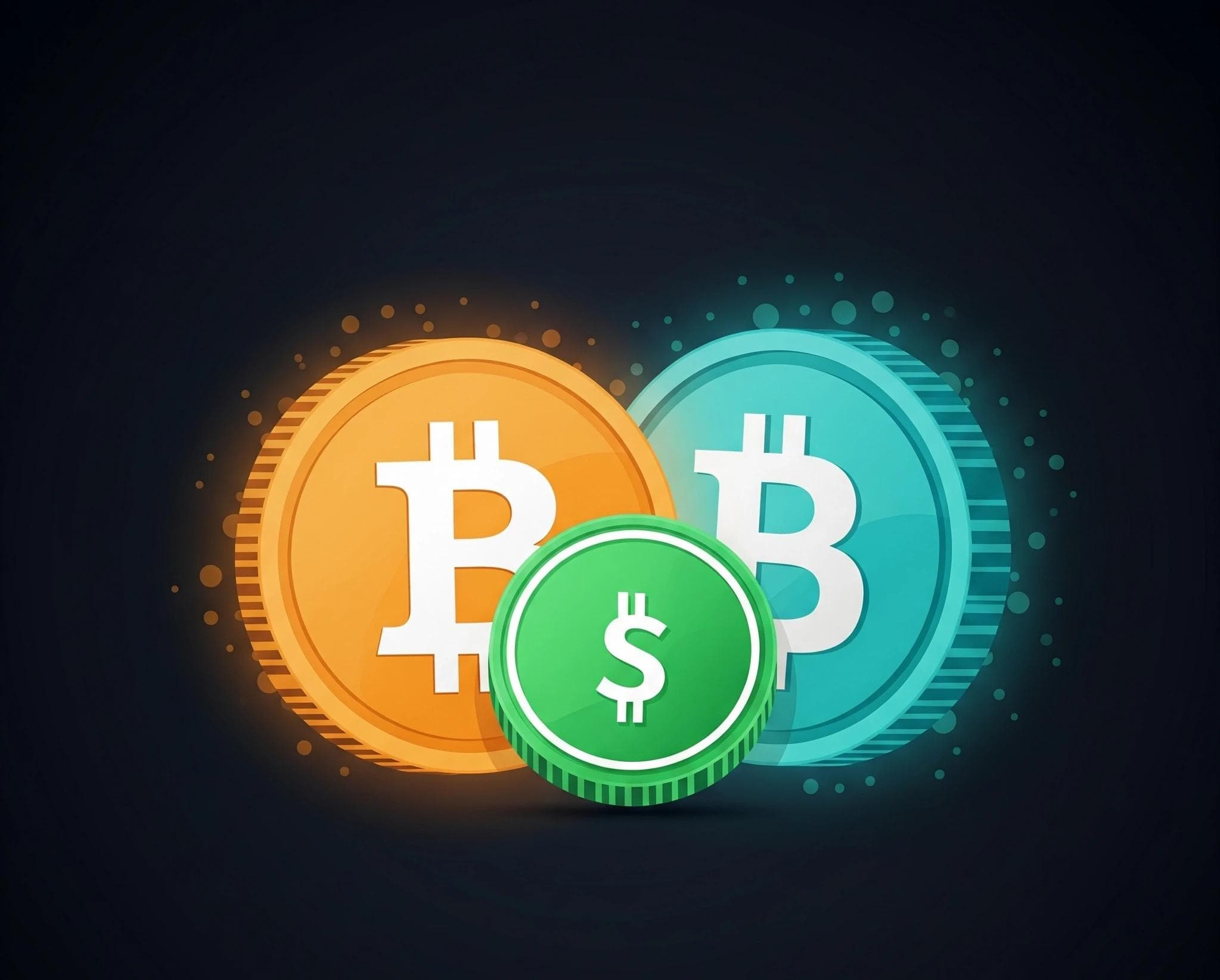What Are Stablecoins?

Stablecoins are digital currencies specifically designed to maintain a consistent value over time—typically pegged to a fiat currency like the U.S. dollar (USD). Unlike traditional cryptocurrencies such as Bitcoin or Ethereum, whose prices fluctuate based on supply and demand, stablecoins aim to deliver price stability, making them more practical for everyday use.
The most common stablecoins are pegged 1:1 to the USD. For example, 1 USDT (Tether) or 1 USDC (USD Coin) is intended to always equal $1. This is achieved by backing each token with reserves of actual dollars or equivalent assets like government bonds or cash equivalents.
Stablecoins are crucial in economies like South Sudan, where inflation and currency devaluation can wipe out savings in local currencies like SSP. For individuals and businesses, stablecoins offer a way to store value in USD terms without needing access to a U.S. bank account. They can be used for cross-border payments, remittances, business treasury, saving, and even payroll in USD-equivalent form.
Stablecoins are also a key component of the broader digital asset ecosystem. They serve as a bridge between the traditional financial system (fiat) and blockchain-based assets, offering liquidity and security while remaining accessible. Through platforms like Sarafa, users can buy, hold, send, and convert stablecoins with ease—empowering local users with global tools.
